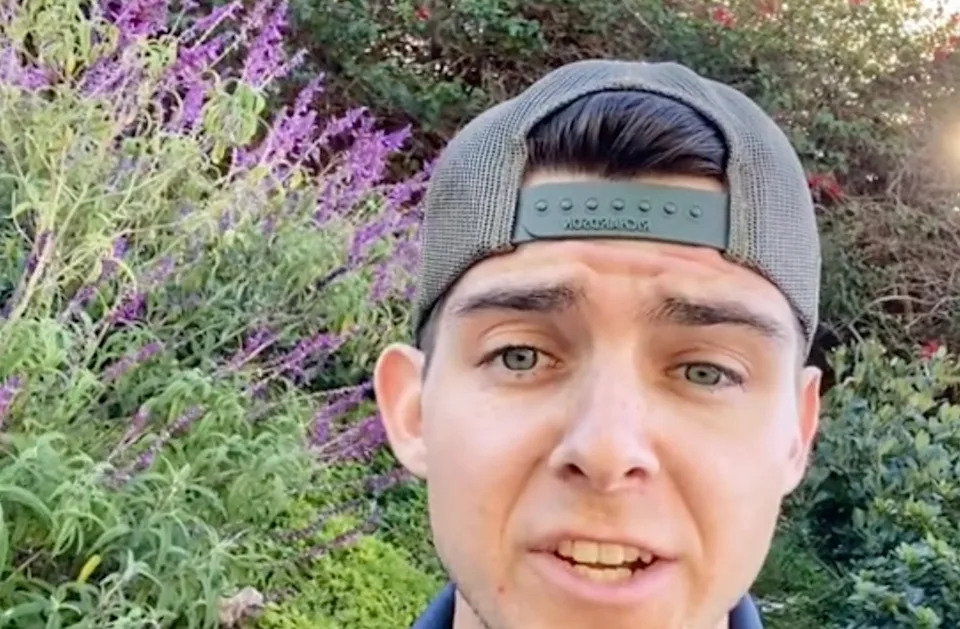A familiar, even iconic sight in California is actually an incredibly invasive species, according to plant experts.
TikToker Lucas (@lucasthelorax) filmed an entire hillside covered in the lush green of the creeping Hottentot Fig (or “ice plant”), named so for the sour fig fruit it produces.
Hottentot Fig “is a ground creeping succulent that is native to South Africa. It was brought here in the early 1900s to stabilize dunes,” said Lucas.
In this educational video, Lucas also shared a few details about the species that make it so interesting and desirable, while maintaining that it is an invasive species that must not be planted outside its native South Africa.
“The fruit found beneath the flower buds is edible,” Lucas pointed out. “It also has tons of medicinal uses. … You can even chew on one, and the juice inside is enough to relieve a sore throat.”
Commenters agreed. “It also heals stomach lining, beneficial to those with ulcers,” one commenter said.
Watch now: Is this common bathroom item making you sick?
“The leaves go great in stir fry cooking,” another added.
“So we just need to be foraging the heck out of this plant then,” someone suggested.
“We can’t deny that this plant is amazing, but it does not belong here,” Lucas stated. “It’s been crowding out the native plants that are now threatened and endangered.”
While Hottentot Fig may have many medicinal uses, so do native plants, and native plants benefit biodiversity in a way that invasives don’t.
|
Should we be actively working to kill invasive species? Click your choice to see results and speak your mind. |
“This one plant causes so much harm,” Lucas warned.
“Many, many, many native populations of birds and mammals depend on the native plants that are found in those areas that this thing is killing,” said Lucas, adding that this invasive species disturbs the natural composition of the soil by depositing salt into it. This is lethal for other species, and worst of all, “it makes coastal erosion worse, and it was brought here to do the exact opposite!”
It’s incredibly important to protect your ecosystem and prevent this plant from spreading, because one of the only ways to get rid of it is to spray herbicides, which can be expensive and usually must be done by professionals.
Additionally, the plant’s salt deposits make the soil uninhabitable for other native species to grow back. Rehabilitating or replacing all of the soil to match the region’s normal soil composition takes immense time, energy, and resources.
Time, energy, and resources are also things you’ll save when upgrading your landscaping to focus on native species. It may take time to remove the invasives, but once native plants are in and flourishing, you’ll be reaping the benefits for a long time.
“I always thought it looked nice too. Shame it’s a menace,” wrote one commenter.
“We need to educate our neighbors about the threats of invasives,” another said.
Join our free newsletter for good news and useful tips, and don’t miss this cool list of easy ways to help yourself while helping the planet.
Yahoo News – Latest News & Headlines
Read the full article .


